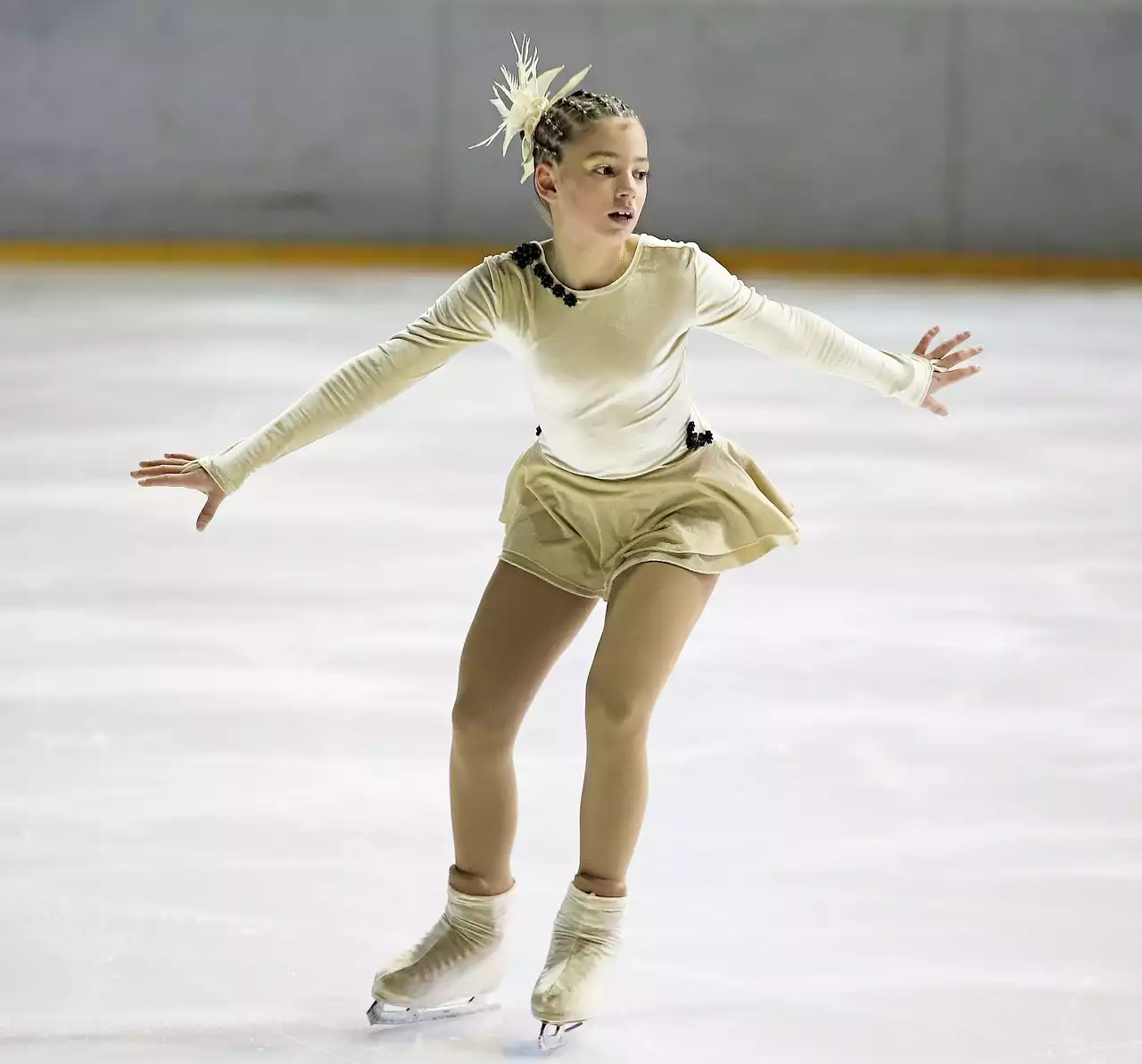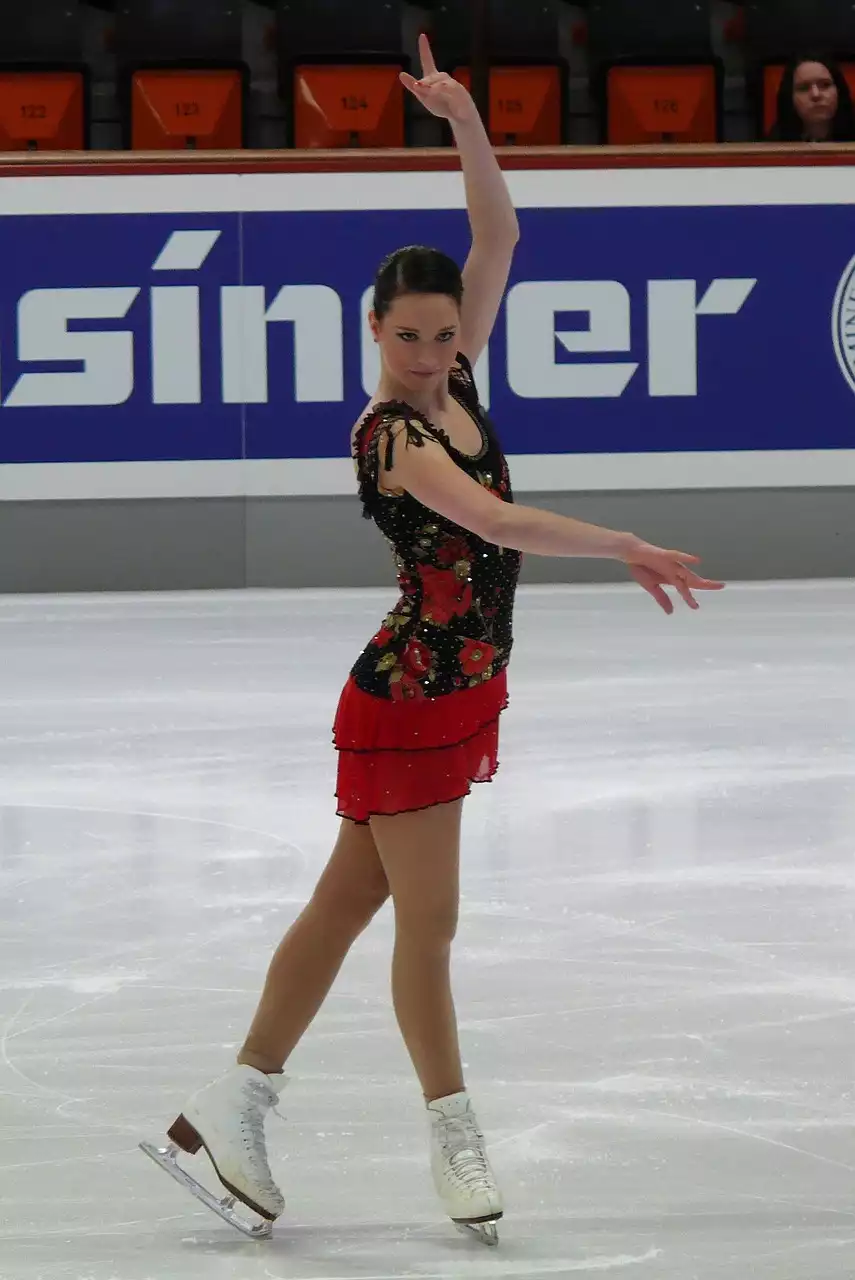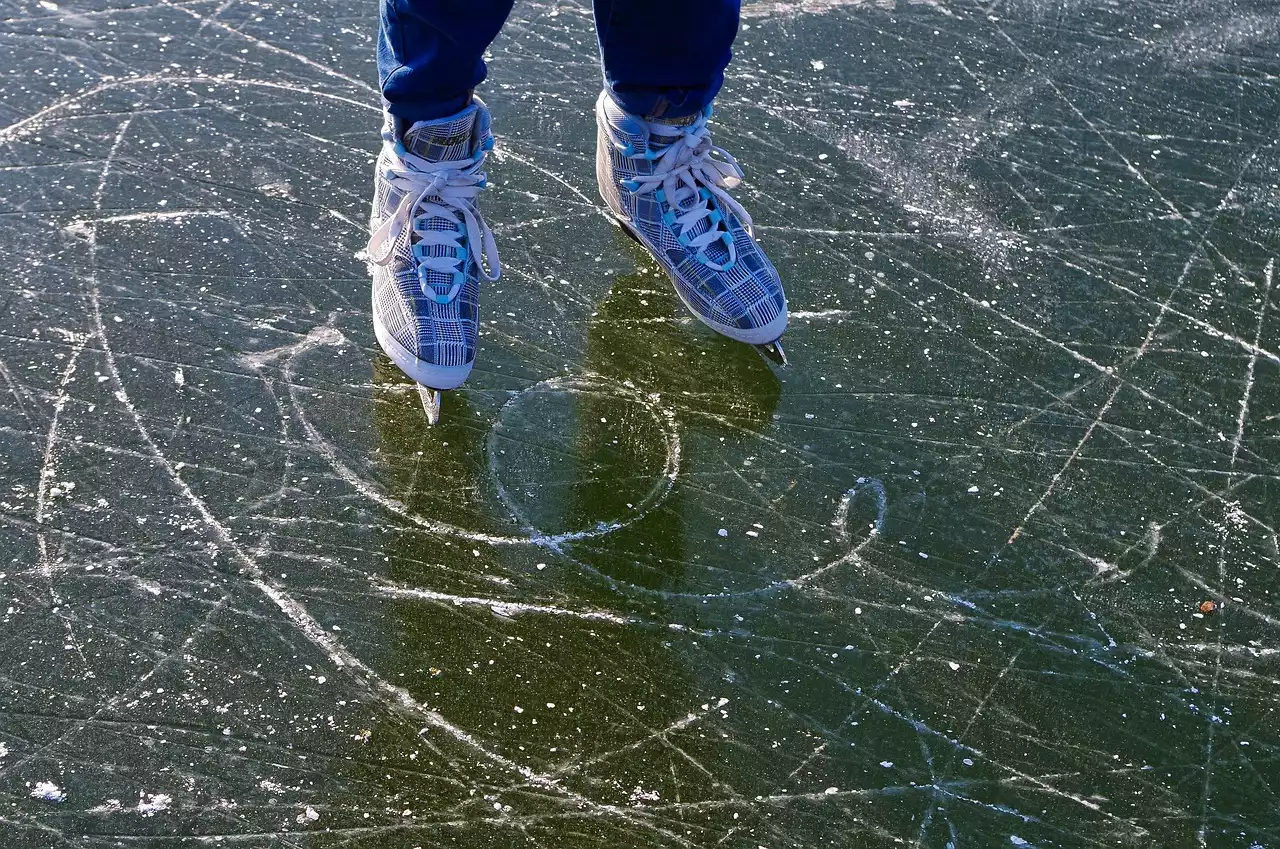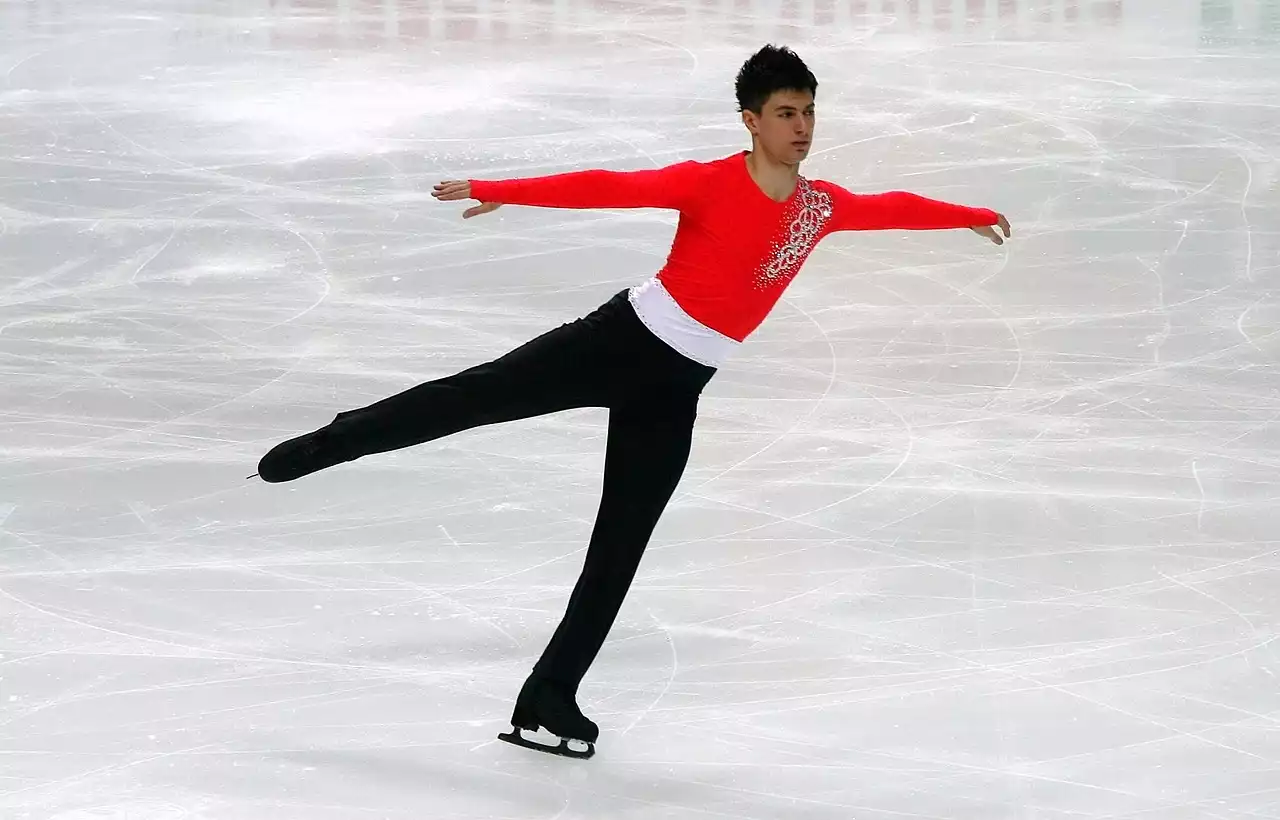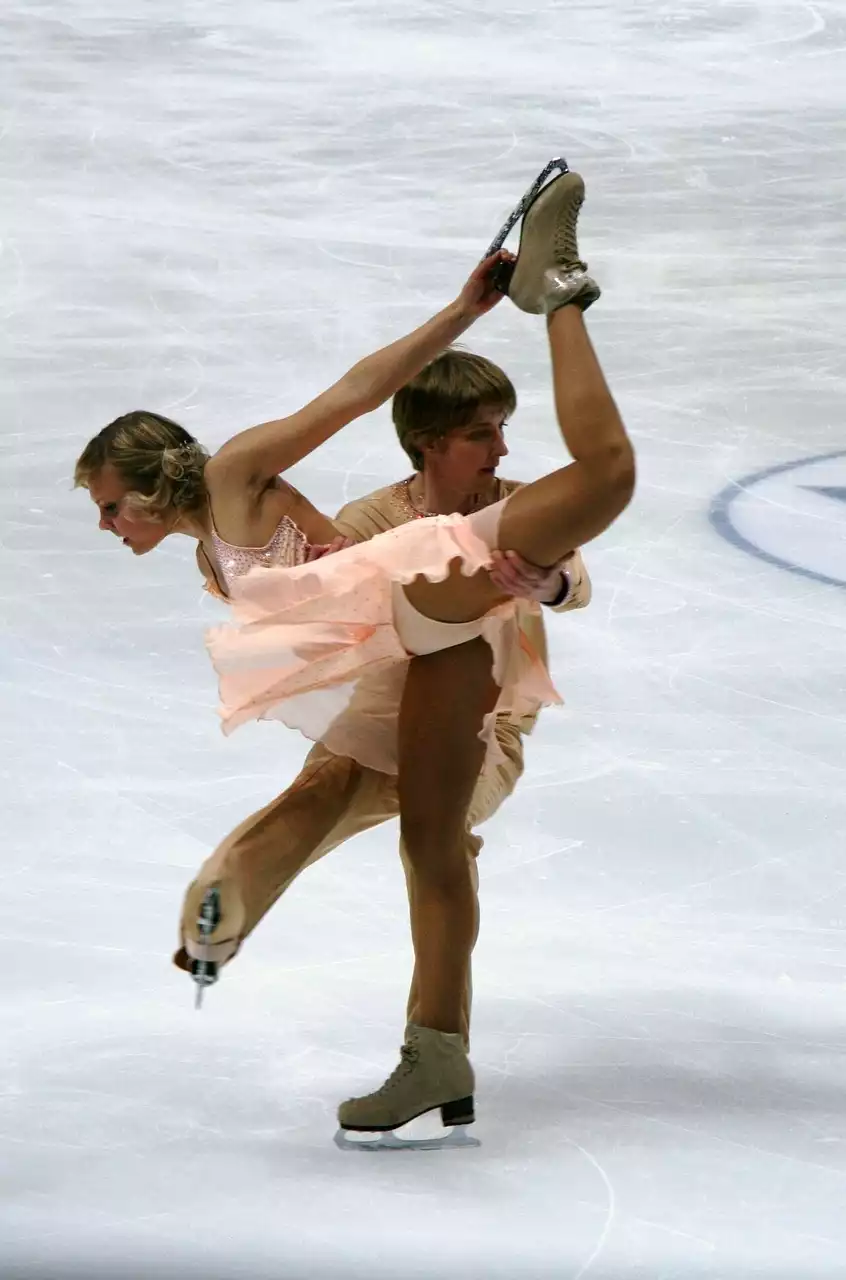Introduction
Ice skating, a graceful and exhilarating sport, has a rich and fascinating history that spans centuries. From its humble beginnings on frozen lakes and rivers to the modern, high-tech ice arenas of today, the evolution of ice skating is a testament to the human desire for both recreation and competition. Dating back to ancient times, ice skating was initially a means of transportation in colder regions of the world. However, it quickly transformed into a beloved pastime and a platform for showcasing skill and artistry. As time passed, ice skating became a sport of its own, with various disciplines such as figure skating, speed skating, and ice hockey captivating audiences around the globe. In this article, we will delve into the captivating journey of ice skating, exploring its historical roots, notable milestones, and the impressive advancements that have propelled it to the forefront of winter sports. Get ready to glide through time and uncover the hidden stories behind the blades that have enchanted generations.
Origins of ice skating
Ice skating is believed to have originated thousands of years ago in regions with frozen lakes and rivers. The earliest evidence of ice skating dates back to prehistoric times, where ancient civilizations used primitive skates made from animal bones strapped to their feet. These early skates allowed people to glide effortlessly over the ice, making transportation easier in regions where frozen waterways were common. As societies developed, so did the tools and techniques used for ice skating. The bones were eventually replaced with flat pieces of wood or metal, while leather straps provided a more secure attachment to the feet. This innovation marked a significant milestone in the evolution of ice skating, as it allowed for more stability and control on the ice.
During the Middle Ages, ice skating gained popularity as a recreational activity among the European nobility. Frozen moats surrounding castles provided ideal venues for skating, and it became a favorite pastime of the aristocracy. Skating became an art form, with skaters incorporating graceful movements and intricate patterns into their performances. The elegance and fluidity of ice skating began to captivate audiences, laying the groundwork for the development of figure skating as a sport.
The Renaissance period saw further advancements in ice skating, with the introduction of iron blades. These blades, attached to the skates, revolutionized the sport by providing better maneuverability and control. Skaters could now execute more intricate and precise movements on the ice, leading to the emergence of figure skating as a distinct discipline.
Early forms of ice skating
In the 19th century, ice skating underwent significant transformations, thanks to the development of indoor ice rinks. These purpose-built venues allowed skaters to enjoy the sport regardless of weather conditions, and it marked a turning point in the popularity and accessibility of ice skating. As the sport gained more attention, competitions and exhibitions became common, showcasing the skills and talents of skaters to larger audiences. The 19th century also witnessed the birth of speed skating as a competitive sport, with the first official race taking place in Norway in 1863.
Ice skating in the 19th century
The 19th century was a period of rapid innovation in ice skate design, with the focus shifting towards creating more efficient and comfortable skates. The introduction of the tubular steel blade revolutionized ice skate construction, providing skaters with enhanced stability and maneuverability. Additionally, advancements in boot design, such as the introduction of ankle support, improved the overall comfort and safety of skaters. These developments laid the foundation for the modern ice skates we see today.
Evolution of ice skates
As ice skating continued to gain popularity, it evolved into a competitive sport with various disciplines. Figure skating emerged as one of the most captivating and visually stunning forms of ice skating. Skaters began incorporating jumps, spins, and intricate footwork into their routines, captivating audiences with their grace and skill. The International Skating Union (ISU) was established in 1892, further solidifying figure skating as a recognized sport.
Speed skating also underwent significant advancements during this period. The introduction of the clap skate, a revolutionary design that allowed the heel to lift off the blade, resulted in faster speeds and improved performance. These skates gained popularity in the world of competitive speed skating, and they continue to be used by athletes today.
Ice skating as a competitive sport
Ice skating gained recognition as an official Olympic sport in 1908, with figure skating being included in the Summer Olympics. However, it wasn't until the 1924 Winter Olympics that ice skating became a prominent feature of the winter games. Since then, ice skating has captivated audiences worldwide, with athletes pushing the boundaries of what is possible on the ice. The sport has become increasingly competitive, with skaters constantly striving for perfection in their performances.
Ice skating in popular culture
Ice skating has also made its mark in popular culture, with numerous movies and television shows featuring the sport. Films like "The Cutting Edge" and "Blades of Glory" have brought ice skating into the mainstream, showcasing the athleticism and artistry of the sport. Additionally, the annual holiday tradition of ice shows and performances featuring world-class skaters has become a beloved part of winter celebrations.
Modern-day ice skating
Today, ice skating continues to evolve and captivate audiences around the world. Technology has played a significant role in the sport's advancement, with innovations in ice-making techniques and skate design enhancing the performance of skaters. Indoor ice arenas equipped with state-of-the-art facilities provide ideal training grounds for aspiring athletes. The sport has also become more inclusive, with adaptive ice skating programs allowing individuals with disabilities to enjoy the thrill of gliding on ice.
Ice skating is no longer limited to just figure skating and speed skating. New disciplines like ice dance, synchronized skating, and ice hockey have emerged, broadening the appeal and diversity of the sport. The popularity of ice hockey, in particular, has soared, with professional leagues drawing large crowds and passionate fans.
